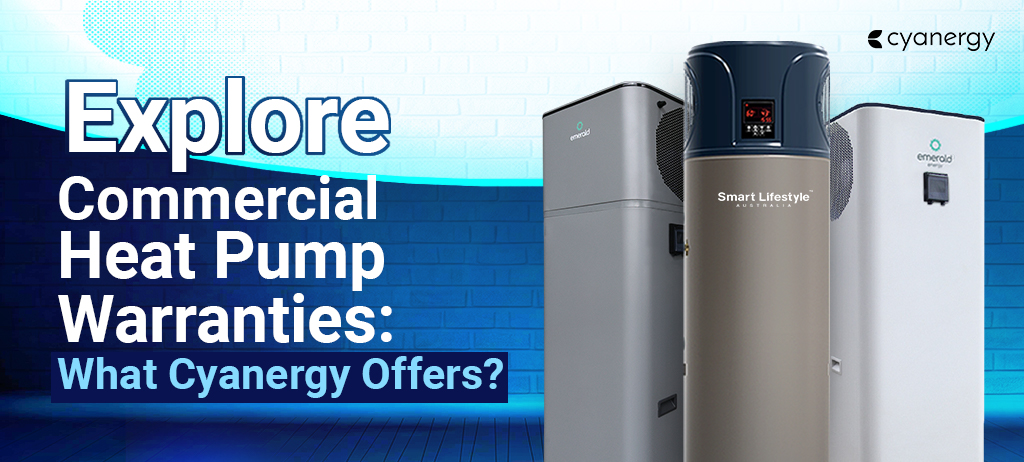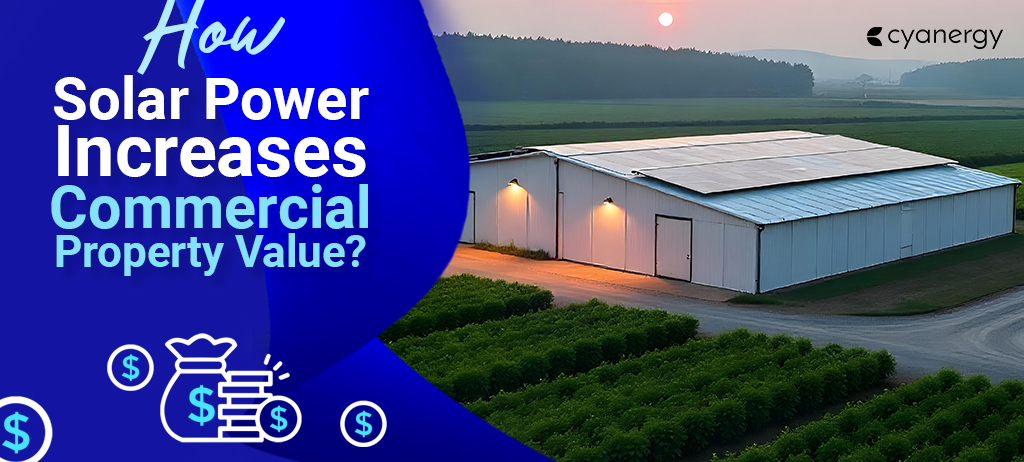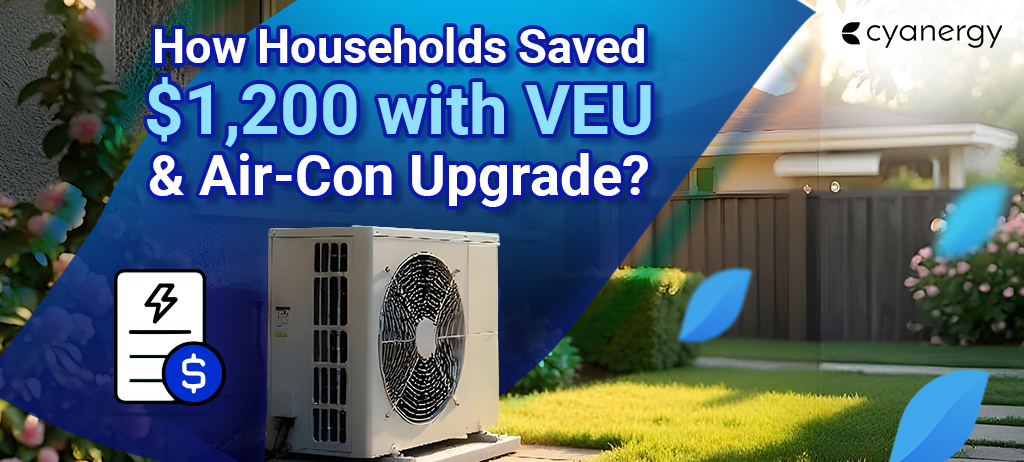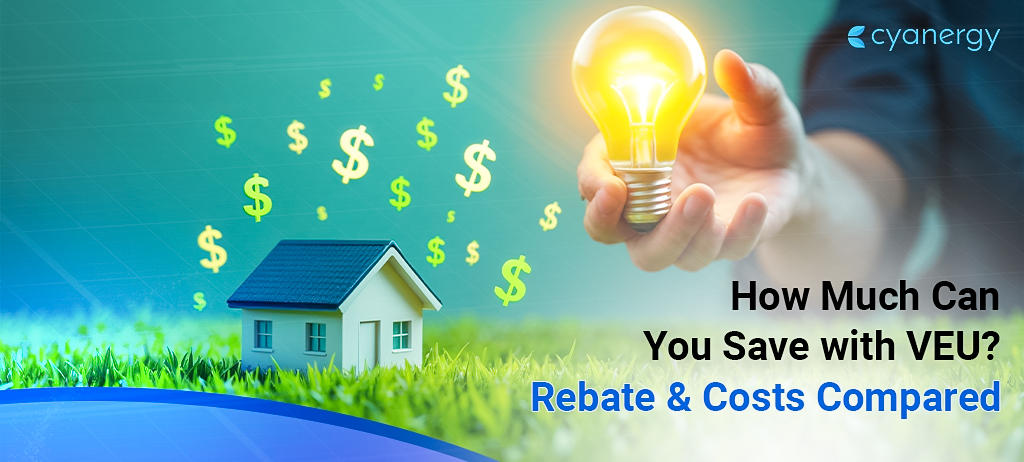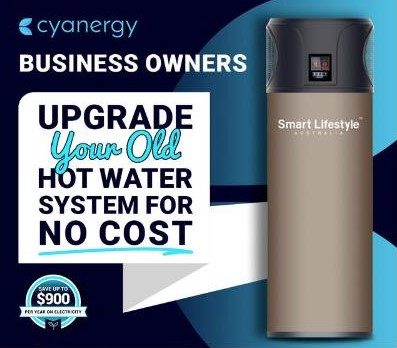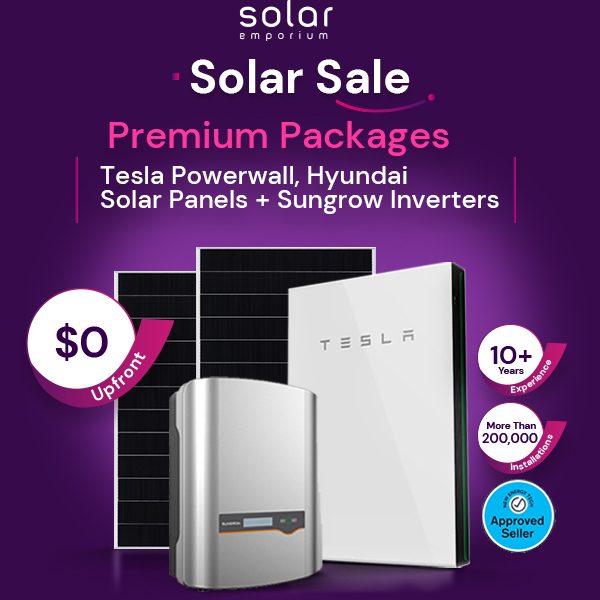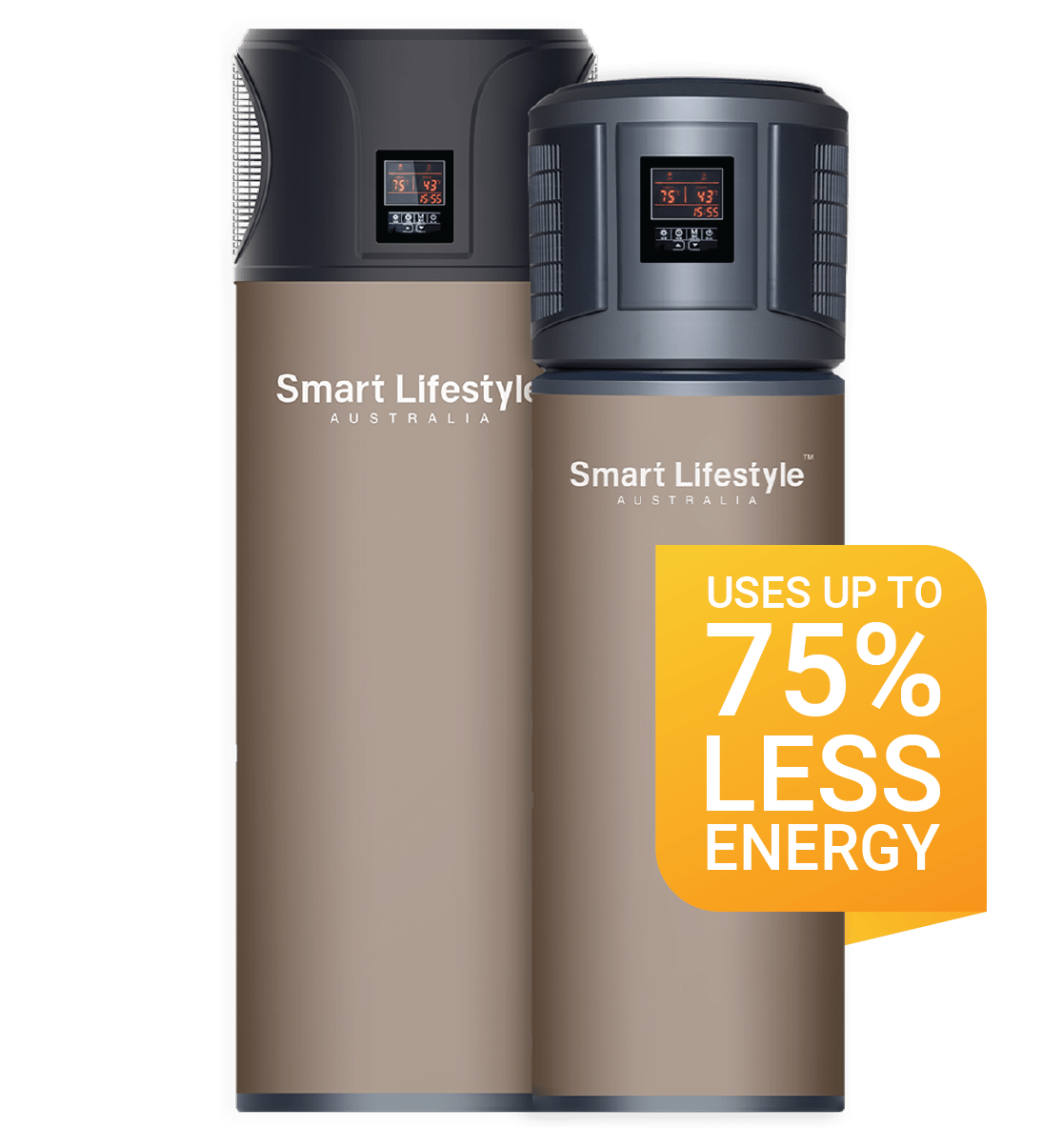In today’s fast-paced business world, every dollar counts, which makes smart companies turn to solar energy as a way to take control of their bottom line.
Installing commercial solar is not just an environmentally responsible move; it’s a crucial financial decision that can help in cost savings, enhancing the long-term value of your business.
From slashing power bills to unlocking tax incentives and increasing property value, going solar in Australia has never made more financial sense.
Additionally, as energy prices continue to rise and sustainability becomes a business priority, solar power provides a competitive edge, not just today, but for years to come.
Therefore, in this article, we’ll break down the top 5 financial benefits of installing commercial solar in Australia, so you can see how the sun can help power not only your operations, but your profits too.
What is Commercial Solar and Why Does It Matter for Australians?
Commercial solar refers to solar power systems installed for businesses, farms, and other commercial operations, helping them cut energy bills, reduce carbon footprints, and gain energy independence.
But the question is, why does it matter for Australians?
Well, we all know that Australia is geographically blessed with abundant sunshine and vast landscapes. This makes solar an excellent option for residents to power their homes and businesses with clean, reliable, and sustainable energy.
Moreover, in recent years, electricity costs have continued to rise, putting excess pressure on Australian businesses of all sizes.
Therefore, going solar isn’t just a smart move; it’s a competitive edge for the Aussies!
With generous government incentives, fast payback periods, and growing consumer demand for sustainability, Aussie businesses can now harness the sun and future-proof their operations, contributing towards Australia’s Renewable goals.
And the best part?
Commercial solar systems are not just good for the planet; they turn your rooftops into assets, offering long-term savings, energy independence, and a powerful sustainability statement.
So, just think, can your business afford to run without solar? If not, it’s high time you made the switch.
The Top 5 Financial Benefits of Commercial Solar in Australia 2025
For progressive Australian businesses, solar energy is more than a cost-cutting solution.
It’s a long-term investment that ensures energy resilience, reputation, and responsibility, while providing a way to take control by stabilizing operating costs, reducing environmental pollution, and positioning you as a leader in the clean energy transition.
Are you ready to turn sunlight into serious savings?
So, let’s explore the top five financial advantages your business can unlock simply by installing a commercial solar system on your property.
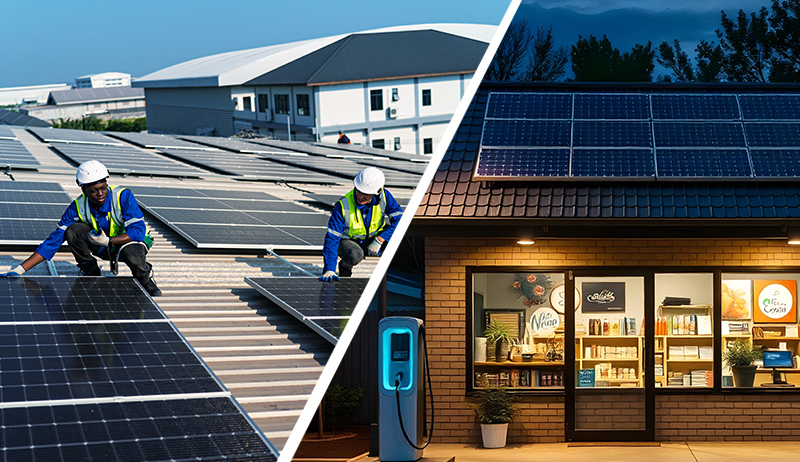
1. Major Savings on Energy Bills & Protection Against Electricity Price Hikes
Reducing Electricity Bills
- One of the most immediate and obvious financial benefits of commercial solar is a reduction in ongoing electricity expenses.
By generating your own power during daylight hours, your business draws less from the grid. Remember! The greater the solar system’s size, the greater the portion of your electricity load it can offset.
- In Australia, some businesses have reported up to a 75% reduction in their monthly electricity costs after installing an appropriately sized system.
Protection from Rising Energy Prices
- Electricity prices in Australia have been climbing over the past years. However, by investing in solar power, businesspeople can now protect themselves from rising fuel costs and potential supply chain disruptions.
- Over the lifespan of solar panels, which averages 20 to 25+ years, these savings compound significantly.
For many businesses, the payback period typically ranges from 3 to 7 years, depending on factors such as usage, system size, and available incentives.
2. Government Incentives, Rebates & Tax Advantages on Commercial Solar
In most parts of Australia, a big financial benefit comes from the support government and regulatory schemes offer.
These ultimately help reduce the upfront investment and improve return on investment (ROI).
Small‑scale Renewable Energy Scheme (SRES) & Small‑scale Technology Certificates (STCs)
-
- For any systems under 100 kW, the SRES provides Small‑scale Technology Certificates (STCs), which work like upfront rebates by offsetting part of the cost.
The number of certificates depends on system capacity, location, and several other factors.
However, please note that the STCs are being phased down toward 2030, with the number of certificates/value per STC declining gradually each year.
So, acting fast and installing a solar PV system with STC sooner can yield greater benefits.
Large‑scale Renewable Energy Target (LRET) & Large‑scale Generation Certificates (LGCs)
- For larger commercial systems that are greater than 100 kW, LGCs are awarded under the LRET scheme based on how much renewable electricity is generated.
- These certificates can be either sold or traded, providing an ongoing financial return over multiple years.
Accelerated Depreciation & Tax Write‑Offs
- Businesses can often claim depreciation for their solar assets, which means a company can reduce its taxable income by accounting for the solar system’s decline in value, which yields tax savings.
Local Grants & State-Based Incentives
-
- Apart from federal schemes, many Australian states, local governments, and councils offer additional grants or low‑interest financing for commercial solar installations.
In VIC and NSW, these rebates further reduce up-front costs, improving cash flow.
3. Strong Return on Investment & Short Pay‑Back Period
Due to the combination of energy savings, incentives, and lower operating costs, commercial solar systems tend to offer substantial financial returns. How?
Let’s move forward and see!
Typical Payback Periods
For many commercial solar projects in Australia, payback periods fall in the 3‑7 year range, depending on system size, orientation, energy consumption profile, electricity costs, and incentive availability.
Moreover, after the solar panel payback period in Australia, the electricity generated is effectively “free,” which increases profitability over the system’s lifetime.
Low Operating & Maintenance Costs
- After installation, solar PV systems require relatively low ongoing maintenance. These costs are usually negligible when compared with the savings achieved.
- The warranties from the provider often cover 20 to 25+ years for panels and 5 to 10 years for inverters, which helps in planning for costs.
4. Additional Revenue Streams & Financial Incentives
Beyond direct savings, installing commercial solar can generate additional income or financial benefits through various indirect means. This fosters economic growth while bringing financial stability.
Feed‑in Tariffs: Sell the Excess Energy
-
- Suppose your system generates more electricity than you use during times of low demand.
Wondering what you should do?
In such a case, some states and energy retailers allow you to export the extra power to the grid, earning credits or payments through feed‑in tariffs.
Even though in recent years commercial feed‑in tariff rates have often been lower, they still add financial value.
- This process can also help reduce grid demand and save costs when using electricity during expensive peak periods.
Certifiable Renewable Energy Certificates & Carbon Credits
- As more companies commit to net‑zero or emissions reduction, having your own renewable assets may allow you to claim or trade carbon credits, or at least account for less in your emissions footprint.
Increase Property Value
- Commercial property with solar installations is generally more attractive to tenants and buyers due to lower operating costs and green credentials. This ultimately led to higher rental income, faster leasing, or selling at premium prices.
5. Improve Sustainability & Enhance Business Reputation
Adopting sustainable practices not only reduces environmental impact but also strengthens a company’s brand image.
Businesses that prioritize sustainability demonstrate corporate responsibility, appeal to eco-conscious consumers, and differentiate themselves in competitive markets.
Risk Reduction & Energy Security
- Solar panels combined with solar batteries can offer backup during outages or grid instability.
- Moreover, it lets you operate during peak demand times without asking for huge peak‑tariff charges. This reduces the risk of business interruption, ensuring greater energy freedom.
Enhanced Brand & Market Position
Being able to show you’ve invested in clean energy can improve your company’s reputation. This might bring more business, attract better staff, qualify for other sustainability programs, and energy efficiency schemes.
Additionally, in Australia, regulatory trends are moving toward stricter emissions and renewable energy targets.
Therefore, all the early adopters can avoid any future cost issues or penalties.
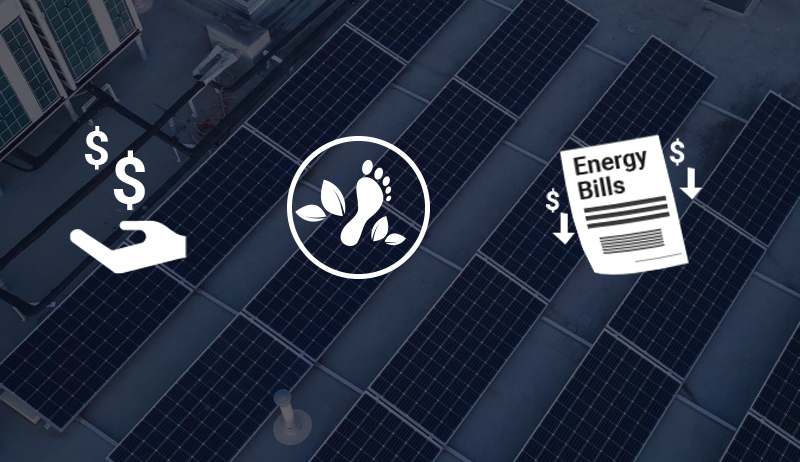
Commercial Solar Successful Projects: Cyanergy's Case Studies!
Cyanergy has already proven strong capabilities across a wide range of commercial solar projects, showcasing their expertise in handling systems from small to large-scale solutions that exceed 500 kW.
Besides installing solar panels, we focus on reducing the total cost of ownership for clients, ensuring fast payback periods and long-term financial benefits.
With a solid foundation in project management and engineering, Cyanergy consistently delivers high-performance systems with accurate cost estimations and measurable energy savings.
Here are some of our latest commercial projects across Australia:
Sparacino Farms: Peats Ridge, NSW
Sparacino Farms is a family‑run avocado and citrus operation in Peats Ridge, NSW. They wanted to both lower their power bills and improve sustainability, so they partnered with Cyanergy to install a large solar system for their farm as well as a separate 27.7 kW system with battery storage for the residential property.
Key Project Details & Outcomes:
- System size:76 kW for the commercial farm and 27.7 kW for the residential side, with 19.2 kWh battery storage.
- Total investment: AUD 96,819.05.
- Monthly savings: AUD 3,000.
- Payback period: 30 months.
- Annual energy generation:87 MWh.
- The yearly electricity cost was reduced from approximately $48,000 to $12,000, resulting in a cost reduction of about 75%.
Some Other Benefits of installing Commercial Solar on Sparacino Farm:
- Enhanced energy independence, especially with battery storage on the residential portion.
- Significant carbon emissions were avoided, aligned with their sustainable farming values.
AC Laser: Thomastown, VIC
AC Laser is a manufacturer in Victoria that was dealing with high electricity costs and wanted to reduce those expenses while improving sustainability. They engaged Cyanergy to design and install a solar system matched to their usage.
Key Project Details & Outcomes:
- System size:45 kW.
- Total investment: AUD 90,600.
- Monthly savings: AUD 3,403.33.
- Payback period: 26 months.
- Annual energy generation:75 MWh.
- Electricity cost before solar: AUD 79,000 per year
After solar: AUD 38,160 per year.
Other Benefits:
- The investment sharply reduces a large portion of their operating costs.
- Offers a fast return on investment, freeing up cash flow for other business uses.
Kew Golf Club: 99.88 kW Commercial Solar Installation
With the aim of reducing operational costs and embracing sustainability, Kew Golf Club undertook a significant clean energy upgrade with the installation of a 99.88 kW commercial solar power system.
Designed and installed by Cyanergy, this project reflects the club’s commitment to environmental responsibility while delivering measurable financial benefits.
The solar system not only offsets a substantial portion of the club’s annual energy consumption but also contributes to long-term savings and reduced carbon emissions.
Here are the key technical and financial details of the installation:
Key Project Details and Outcomes:
- System Size:88 kW
- Upfront investment: AUD 108,462.82
- Payback Period: 63 months
- Monthly Savings: AUD 1623.33
- Yearly Energy Bill Before Solar: AUD 52,330
- Yearly Energy Bill After Solar: AUD 26,165 (nearly 50 % reduction)
- Annual Energy Generation:09 MWh
Challenges & Special Features
- The roof: built with rare rubber tiles, which required special fixing solutions from the USA that comply with Australian structural standards.
- The club wanted the panels to look clean and blend well, making them aesthetically appealing. To address that, all-black 440 W Longi panels and a Sungrow 110 kW inverter were used, balancing look & performance.
Ashfield Bowling Club — 32.56 kW Commercial Solar Installation
Ashfield Bowling Club recently installed a 32.56 kW commercial solar system to cut energy costs and reduce its environmental impact.
Supplied by Cyanergy, the system generates around 41.40 MWh annually, delivering strong savings and a fast return on investment.
Project Details and Outcomes
- System Size: 32.56 kW
- Annual Energy Generation: 41.40 MWh
- Solar Panels: Longi 370 W
- Inverter: Sungrow 30 kW
- Upfront Investment: AU$16,917
- Payback Period: 21 months (1.75 years)
- Monthly Energy Savings: AU$805.83
- Annual Bill Before Solar: AU$20,000
- Annual Bill After Solar: AU$10,331
- Energy Bill Reduction: 50%
Make a Difference with Cyangery’s Commercial Solar System Today!
For any Australian businesses, the financial case for commercial solar is compelling. Between energy‑cost savings, generous government incentives and rebates, and strong ROI, it’s obviously a worthwhile business investment.
So, if you’re a business in Australia considering solar, the best first steps are:
- Perform an energy audit to understand your energy consumption patterns and demand charges.
- Get quotes from reputable solar installers like Cyanergy. We ensure our system includes all incentives and realistic performance estimates.
- Model financials, not just up‑front cost, but 20‑25 year cash flows, such as costs, savings, and maintenance.
- Conduct in-depth research to identify state and local incentives available in your region.
- Consider storage options if peak demand or export tariffs make that worthwhile.
So the wait is over! Now you can install your solar panel on your property by following the steps mentioned above.
For further details on Commercial solar installation, talk with our expert team at Cyanergy.
